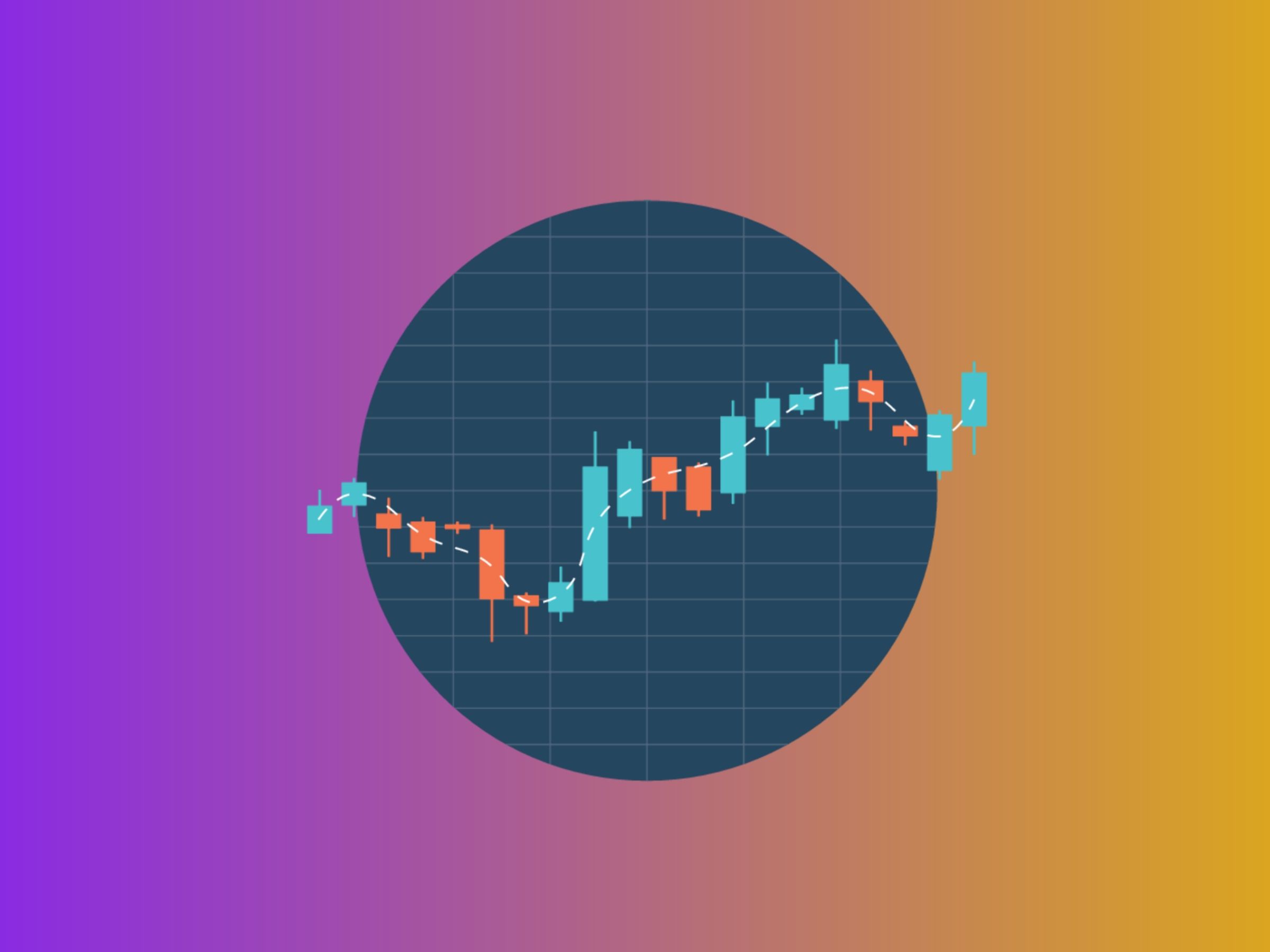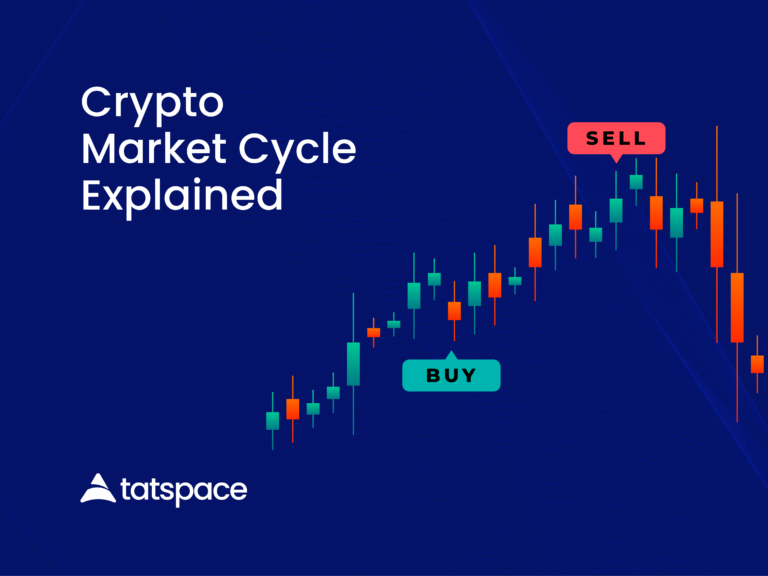Ever wondered about the connection between trading journals and successful traders?
Using a trading journal has become an integral part of most traders today and yet you might not know about it, because not too many people would tell you about it.
Let’s take a look at what it is and how to use it.
What is a trading journal?
Trading journals consist of a document in which you record everything you do as a trader, including strategy development, risk management, psychology, and so on.
It is easy to create and maintain a trading journal, but it is very effective when you execute it correctly.
While you will gain valuable insights that may prevent your account from blowing up, with it, you will also gain insight that may cause your account to soar.
Journaling your trades serves a number of important purposes, including:
- Maintaining your accountability.
- Increasing your discipline and consistency.
- Helping you identify profitable trading strategies.
- Outlining both your strengths and weaknesses.
- Enabling you to analyze potential trades with greater caution.
Trading success is dependent on traders planning their trades meticulously and documenting their successes and failures. Most successful traders do this.
Developing a trading journal and using it correctly will help you become a successful trader no matter how the market moves.
How to create a trading journal
As a first step, create a trading journal spreadsheet (e.g., Google Sheets, Microsoft Excel) and a written document (e.g., Google Docs, Microsoft Word).
In both of these, you will record your exact trades as well as your thoughts.
You can either add a tab to the spreadsheet for the written document, or you can have them as separate documents.
As a next step, in order to make your trading journal as impactful as possible, you must know what you will be recording daily.
There are a number of trading journal templates online.
No matter which template you choose, your spreadsheet should contain columns for each trade.
You may add columns such as:
- Entry date
- Exit date
- Symbol
- Direction (long/short)
- Entry price
- Position size
- Notional value
- Stop loss
- Take profit
- Exit price
- Trading fees
- Profit/Loss (P&L)
- Profit/Loss percentage (P&L %)
- Notes
Additionally, you may include the time frame, screenshots of the setup, or any other information you consider relevant.
In the end, your objective should be to make the information useful.
Write your thoughts and ideas into a section in your written document (or in another tab) for each day so you can organize them.
While your written documents allow for the expression of your creative side, your spreadsheet records the profitability of that creativity.
They both play a very important role in creating and using a trading journal.
There you have it!
But creating your trading journal is not the difficult part.
As you use this tool more and more, you will become proficient at it.
In any case, you will soon be able to use your trading journal like a pro if you have a solid grasp of the fundamentals.
Various formats are available for you to choose from to best suit your trading style and needs.
You are ready to go as long as you have a place to plan and document your trading activities.
How to use a trading journal
Creating a trading journal is one thing, but implementing what you learn from it into your trading system is quite another.
Effective use of a trade journal can transform an unprofitable trader into a profitable one.
It is important to give yourself a good reason before you enter any trade.
A written document can help you with this.
As you observe the market daily, ideas will spring to mind, and feelings will run through your body.
These ideas and feelings you have, need to be written down so you are able to spot anything that either helps or hinders your trading.
You can consider general market behaviour, past transactions, current transactions, and potential transactions.
You will also use your written document to argue whether a specific trade idea is valuable or not.
In order to identify each trade idea’s strengths and weaknesses, it’s critical to evaluate your ideas
As soon as you have written down your thoughts and emotions, your spreadsheet should be next.
Unlike a written document, your spreadsheet is more of logical space.
In this section, you will record all of your trades, so it’s crucial that you keep them neat and current.
Measuring your successes and failures accurately is crucial to keeping a successful trading journal.
Keep accurate records in your spreadsheet so you can determine if your ideas in your written document are profitable.
The best habit to develop is the habit of recording your trades as soon as you execute them.
You’ll remember them more clearly then, and it’ll save you time in the future.
Reviewing your trading journal spreadsheet every day is also a good habit to get into.
Taking this approach, you can have an overview of your trade portfolio.
Which will give you a good idea of your exposure and if you need to make any more investments.
Wrapping it up
Whatever type of trader you are, becoming successful is a very challenging endeavour.
You’ll end up moving aimlessly in the market if you do not plan and document your trading performance.
And it’s an unfortunate situation that rarely ends well.
You will be better able to identify patterns and market trends if you know how to create and use a trading journal.
The act of recording your ideas, emotions, and trades in detailed notes is an investment that pays very high returns.







